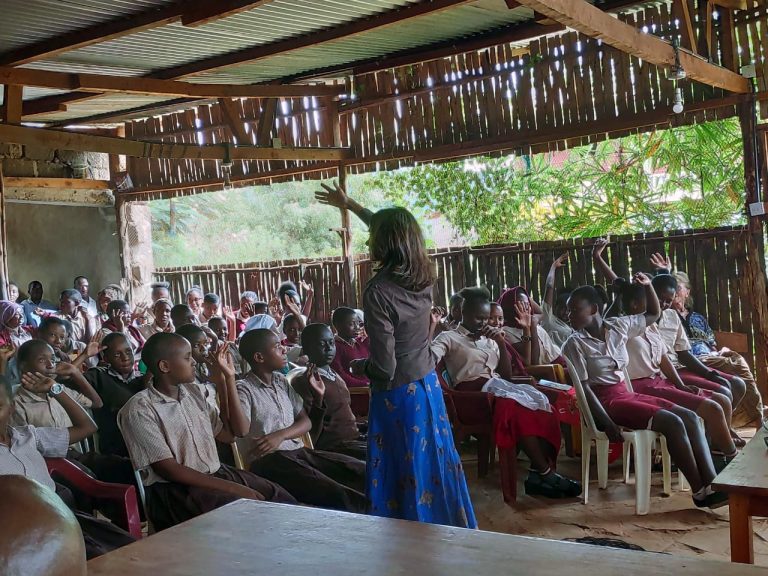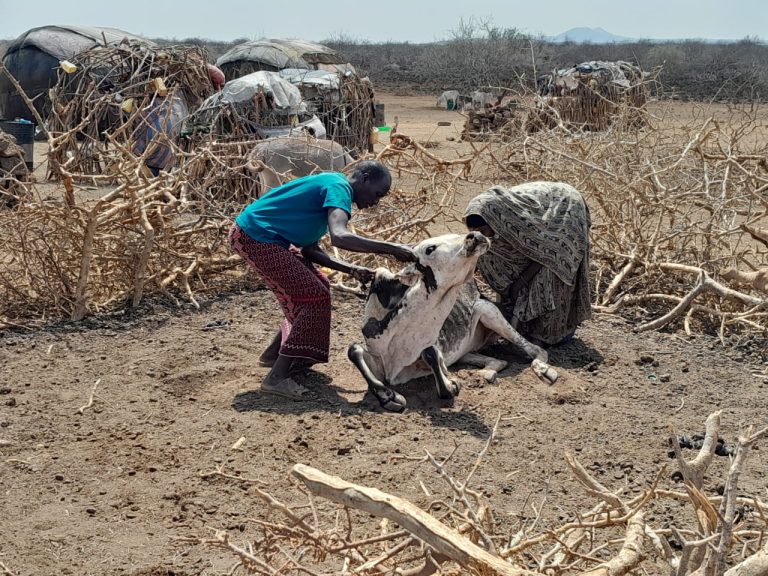Water scarcity is one of the most pressing issues faced by rural Arid and Semi-Arid Lands (ASAL) communities. These regions, which are characterized by low rainfall, face significant challenges when it comes to accessing clean and safe water. In this article, we will explore the root causes of water scarcity in ASAL communities, the impact it has on their livelihoods, and the sustainable solutions being implemented to address this crisis.
In this article, we’ll uncover key reasons behind water shortages in ASAL regions, including environmental factors like climate change and human activity. We’ll then dive into the efforts being made by organizations such as Maji na Ufanisi (Water and Development) to mitigate these challenges. Finally, we’ll look at what can be done to ensure long-term water sustainability for these vulnerable populations.
A Detailed Explanation of Water Scarcity in ASAL Communities
Water scarcity in ASAL communities is a complex problem with both natural and human-induced causes.
Environmental Factors
ASAL regions, by definition, receive minimal rainfall. The dry climate means that these areas often go for long periods without any significant precipitation. This results in depleted water sources, both surface and groundwater, making it difficult for communities to maintain access to reliable water supplies.

Climate Change and Drought
One of the major contributing factors to the water crisis in ASAL regions is the growing threat of climate change. The frequency and intensity of droughts in these areas have increased, exacerbating the already scarce water resources. The long periods of drought not only reduce water availability but also increase competition for the little that remains.
Overuse and Mismanagement of Water Resources
The over-extraction of water for agriculture and other needs is another major challenge. In many ASAL regions, traditional agricultural practices are not suited to the low water availability, leading to overuse of water resources and degradation of local ecosystems. This overuse further diminishes the availability of water for drinking and other essential purposes.
Population Growth
With the growing population in ASAL regions, the demand for water has increased dramatically. This, coupled with the already limited supply, puts even more pressure on water resources. Without proper management, the water crisis is expected to worsen, as the population continues to grow without corresponding measures to improve water availability.
Impact of Water Scarcity on ASAL Communities
The effects of water scarcity in ASAL communities are far-reaching.
Health
A lack of access to clean water increases the risk of waterborne diseases such as cholera and dysentery. These health issues disproportionately affect children and the elderly, further straining local healthcare systems.
Livelihoods
Many ASAL communities rely on agriculture and livestock for their livelihoods. Without a reliable water supply, crop yields decrease, and livestock suffer, resulting in a decline in household incomes. This leads to increased poverty levels and food insecurity, creating a vicious cycle of hardship.
Education
When water sources are far from villages, children—especially girls—are often required to walk long distances to fetch water. This takes them away from school, disrupting their education and limiting future opportunities.
Sustainable Solutions for Water Scarcity in ASAL Regions
Here’s everything else you need to know about addressing water scarcity in ASAL communities, focusing on sustainable solutions that offer long-term benefits.
Community-Led WASH Initiatives
Water, sanitation, and hygiene (WASH) programs are crucial in tackling water scarcity. Organizations like Maji na Ufanisi have played a pivotal role in implementing WASH projects that provide safe water and improve sanitation facilities.
These initiatives are often community-led, ensuring that local populations are involved in managing and maintaining their water systems. This not only increases the sustainability of the projects but also empowers communities to take ownership of their water resources.
Rainwater Harvesting
One of the most effective solutions being implemented in ASAL regions is rainwater harvesting. By capturing and storing rainwater during the rainy season, communities can have access to water even during periods of drought. This simple yet effective technology is helping many ASAL communities to secure a more reliable water supply.

Water Conservation Techniques
In addition to rainwater harvesting, promoting water conservation techniques is essential in ASAL regions. Drip irrigation, for instance, allows for more efficient use of water in agriculture, reducing the overall demand for water.
Rehabilitation of Water Sources
Maji na Ufanisi, among other organizations, has also focused on rehabilitating water sources such as wells and boreholes that have fallen into disrepair. By restoring these sources, communities can access water that would otherwise have been lost due to poor infrastructure.
Role of Maji Na Ufanisi in Addressing Water Scarcity in ASAL Regions
Maji Na Ufanisi (MnU) has been at the forefront of addressing water scarcity in Kenya’s ASAL regions. Their WASH programs are designed to improve access to clean water while also focusing on sustainability and climate resilience. Through their efforts, MnU has helped rehabilitate water sources, introduced rainwater harvesting systems, and trained communities on water conservation methods.
The organization also engages in policy advocacy to ensure that the government prioritizes water access for ASAL communities. MnU’s approach emphasizes community involvement, ensuring that local populations are equipped with the skills and knowledge needed to manage their own water resources.
In partnership with other NGOs and governmental agencies, Maji na Ufanisi is creating a ripple effect across Kenya’s rural ASAL areas, enabling communities to become more resilient to the effects of climate change and water scarcity.
Conclusion
Addressing water scarcity in rural ASAL communities is a complex challenge that requires both immediate interventions and long-term solutions. By focusing on sustainable practices such as rainwater harvesting, water conservation, and WASH initiatives, organizations like Maji Na Ufanisi are making significant strides in improving access to clean water. However, continued efforts from governments, private sectors, and communities are needed to ensure water sustainability for future generations.
Frequently Asked Questions (FAQs)
1. What is the main cause of water scarcity in ASAL regions?
The primary cause is the low and inconsistent rainfall, compounded by climate change, overuse of water resources, and population growth.
2. How does water scarcity affect health in ASAL communities?
Water scarcity leads to the consumption of unsafe water, increasing the risk of waterborne diseases such as cholera and dysentery.
3. What are some sustainable solutions for water scarcity in ASAL regions?
Solutions include rainwater harvesting, rehabilitating water sources, water conservation techniques, and community-led WASH programs.
4. How is climate change affecting water scarcity in ASAL regions?
Climate change is exacerbating the situation by increasing the frequency and intensity of droughts, further depleting water resources.
5. What role does Maji Na Ufanisi play in addressing water scarcity?
Maji Na Ufanisi implements WASH projects, rehabilitates water sources, promotes rainwater harvesting, and engages in policy advocacy to improve water access in ASAL regions.
6. What is the impact of water scarcity on education?
Children, particularly girls, are often tasked with fetching water, which can take them away from school, affecting their education.
7. How can the government help in addressing water scarcity in ASAL regions?
Governments can invest in infrastructure, support water conservation technologies, and enforce regulations that prevent overuse of water resources.
8. What is WASH, and why is it important?
WASH stands for Water, Sanitation, and Hygiene. It is critical in preventing waterborne diseases and improving overall health and well-being in communities.
9. Can rainwater harvesting fully solve water scarcity in ASAL regions?
While rainwater harvesting is an effective solution, it must be complemented by other measures such as water conservation and the rehabilitation of natural water sources.
10. How can I support efforts to address water scarcity in ASAL regions?
You can support organizations like Maji Na Ufanisi that are actively working to implement sustainable water solutions in ASAL communities.



